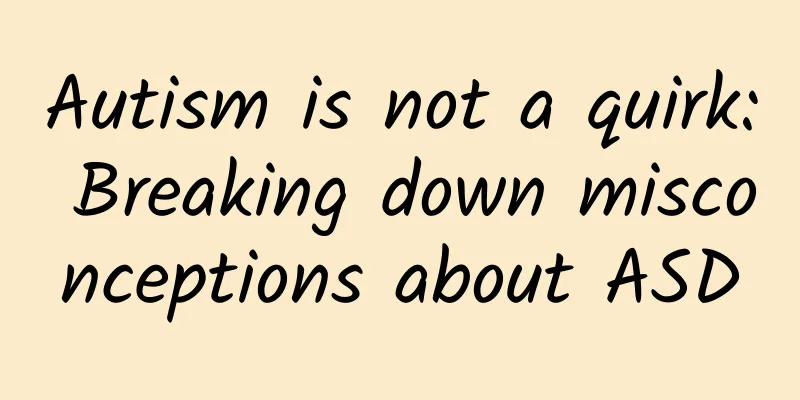Is it still possible to keep the embryo if it develops slowly?

|
For women, pregnancy itself is a very happy thing, but various problems will arise during pregnancy. Some women experience slow embryo development in the early stages of pregnancy. Whether the baby can be conceived depends on the actual situation. For example, if the slow embryo development is due to chromosomal abnormalities, it is usually not recommended. Women must do prenatal checkups during pregnancy. Many women are very worried when they find out that the fetus is developing slowly during examination. They don’t know whether they can still keep the baby. They should not rush to make a conclusion if the fetus is developing slowly in the early stages of pregnancy. The decision should be made based on the actual situation. If the slow development of the fetus is caused by chromosomal abnormalities or Toxoplasma infection, it is not recommended to continue the pregnancy once it is confirmed. 1. Should we rush to draw a conclusion if the embryo develops slowly in the early stages of pregnancy? The decision should be made based on the actual situation. First, let us understand the slow development of the embryo. The main manifestations of slow embryo development are slow development of the gestational sac, no fetal heartbeat or fetal bud, slow doubling of blood HCG, etc. The main reason for this situation is poor embryo quality, such as maternal malnutrition, toxoplasmosis infection, chromosomal abnormalities, endocrine abnormalities, etc. Chromosomal abnormalities may be related to the expectant father or mother's family genetic genes, old age, or smoking and drinking habits; if the slow development of the embryo is caused by chromosomal abnormalities or Toxoplasma infection, once confirmed, the patient is not recommended to continue the pregnancy, and it is best to have an abortion as soon as possible through medication or surgery. 2. In summary, malnutrition occurs mostly because the mother suffers from severe vomiting during pregnancy or severe anemia; endocrine abnormalities may be caused by insufficient luteal function of the expectant mother's ovaries. Because these two situations cause slow embryo development, they can be improved in time through effective methods to help the embryo grow and develop. The main treatment methods include a balanced diet for the mother, enhanced nutrition, intramuscular injection of human chorionic gonadotropin to preserve pregnancy, and treatment of the primary disease. Luteal support therapy can also be given, such as intramuscular injection, oral progesterone, vaginal placement, etc. After the above-mentioned methods are used to regulate and treat delayed embryonic development, the yolk sac can usually be seen at five weeks of pregnancy, and the fetal heartbeat and embryo bud can be found through B-ultrasound examination at six weeks of pregnancy. If the fetal heartbeat and embryo bud are not seen after more than eight weeks of pregnancy, embryonic arrest should be considered, and the patient is advised to undergo uterine curettage or medical abortion in time. |
<<: What causes labia erosion?
>>: How long after embryonic arrest can you have a baby?
Recommend
Why does my nipple hurt when I touch it?
Breasts represent sex and love for women because ...
What causes a woman's genitals to smell fishy?
Many women want to make their figures more promin...
Lose 10 pounds in one week after menstruation
Obesity affects not only women's beauty, but ...
Women have a feeling of falling in their lower body
Many women often suffer from gynecological diseas...
Pregnant woman has calf cramps and walks painfully
The health of pregnant friends is the greatest ha...
Will you be happy if you don't get a dowry when you get married? Why do some girls not get a dowry when they get married?
Some people say that marriage without a gift will...
When does the pregnancy line disappear? The situation is so complicated
Every woman's body contour is different, and ...
Women often eat these foods to make your whole body emit natural body fragrance
Jasmine, wolfberry and white fungus soup Ingredie...
Stack Overflow: Cloud programmers earn the most
199IT original compilation At the beginning of th...
Several misunderstandings about periodontitis (Part 2)
The previous article discussed several relatively...
Will a cesarean section cause uterine prolapse?
Caesarean section is not unfamiliar to pregnant w...
Female vagina structure
The area between a woman's legs has always be...
Is there a false menarche?
The normal menstrual cycle is 28 days. Having two...
What is the normal size of the uterus?
In general gynecological examinations, B-ultrasou...
Is it good for pregnant women to eat seaweed?
Nori tastes delicious and feels crispy and chewy....









